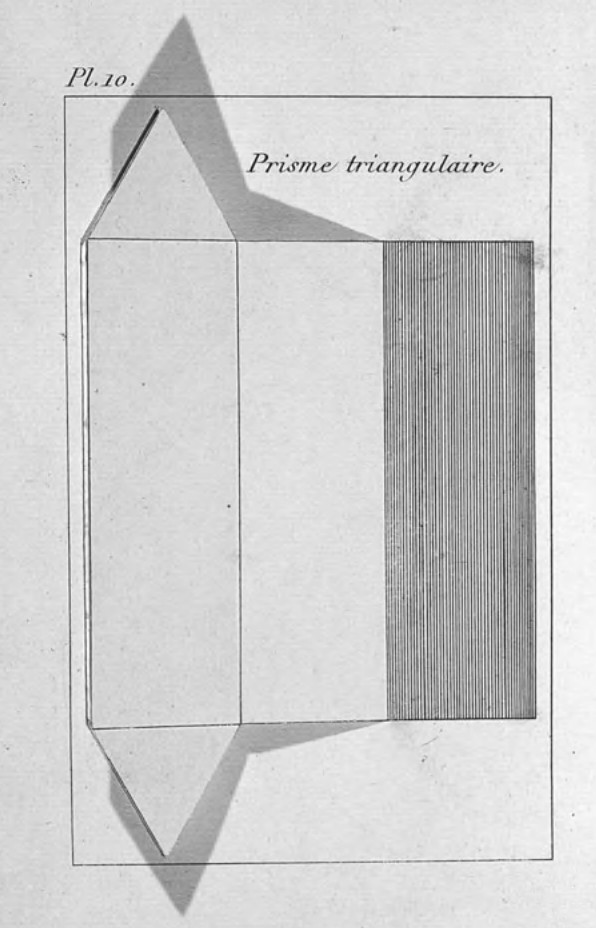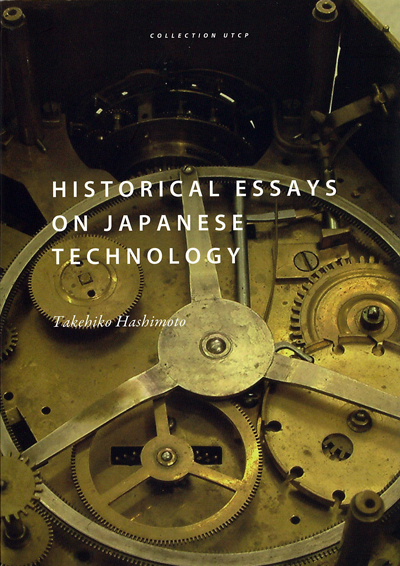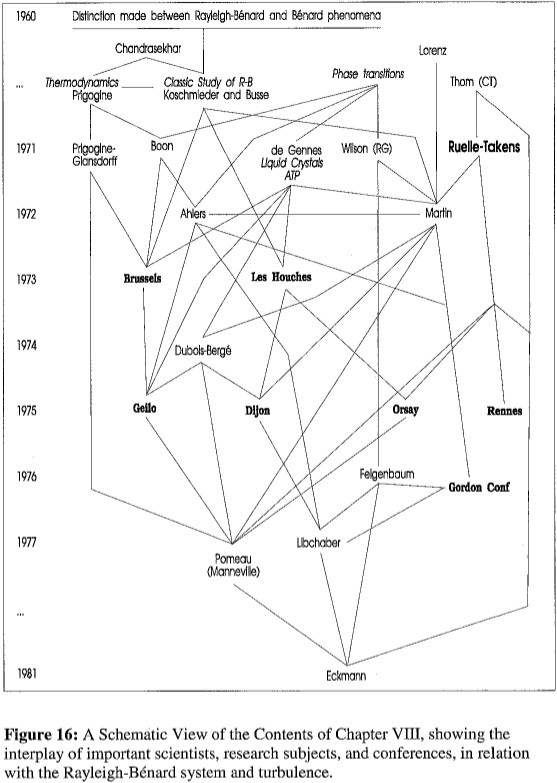David Aubin: A Cultural History of Catastrophes and Chaos: Around the Institut des Hautes Études Scientifiques, France 1958-1980 (1998)
Filed under thesis | Tags: · biology, catastrophe theory, chaos theory, history of mathematics, history of science, linguistics, mathematics, oulipo, physics, science, semiotics, structuralism, turbulence
“This is the story of a group of scientists who, in the local context of the Institut des Hautes Études Scientifiques (IHÉS), France, contributed to the elaboration of catastrophe theory and deterministic chaos theory. Starting with a study of the role of Bourbaki’s mathematics on the French intellectual scene (and especially with respect to structuralism), this dissertation examines the resources from topology, embryology, and linguistics used by René Thom to construct catastrophe theory.
It describes the foundation of the IHÉS by Léon Motchane in 1958 and the ideology of fundamental research that shaped it. It reviews the history of structural stability for differential equations, focusing on the work of Aleksandr Andronov and Solomon Lefschetz, among others, and the synthesis achieved in the 1960s by Stephen Smale at the University of California, Berkeley. These mathematical developments were used by Thom to develop new modeling practices. The IHÉS, which welcomed topologists such as E. Christopher Zeeman and Ralph Abraham, played a role in developing modeling practices based on recent advances in topology. A physics professor at the IHÉS, David Ruelle, together with Dutch mathematician Floris Takens, adapted the modeling practices of these ‘applied topologists’ and proposed a mechanism for the onset of turbulence, thereby introducing the concept of strange attractors. Looking at the history of fluid mechanics, I argue that Ruelle’s work displaced earlier emphases on fundamental laws, like the Navier-Stokes equations, and focused on the modes of representation rather than representations themselves. A certain Bourbakization of physics and the advent of the computer shaped this evolution.
Finally, focusing on convention, and taking the Rayleigh-Bénard system as a boundary system, various communities’ responses to the Ruelle-Takens model are examined, in particular hydrodynamic stability theorists, phase transition physicists and Pierre-Gilles de Gennes’s group, and chemical physicists orbiting Ilya Prigogine. Prior interest in developing interdisciplinary approaches for the study of turbulence helped the adaptation of a dynamical systems approach for the study of natural phenomena, greatly inspired by the work of Smale, Thom, and Ruelle.” (Abstract)
Ph. D. thesis
Princeton University
782 pages
single PDF (final section “Sources and Bibliography” missing; no OCR)
PDF chapters (from the author’s website)
Edoardo Rovida: Machines and Signs: A History of the Drawing of Machines (2013)
Filed under book | Tags: · drawing, engineering, geometry, history of science, machine, mechanics, science, technology

“This volume addresses the cultural, technical and ethical motivations of the history of drawing of machines and its developments step by step. First it treats drawings without any technical character; then the Renaissance with its new forms of drawing; the 18th century, with orthographic projections, immediately used by industry; the 19th century, including the applications of drawing in industry; and the 20th century, with the standardization institutions and the use of the computer. The role of historical drawings and archives in modern design is also examined.
This book is of value to all those who are interested in technical drawing, either from an artistic, from a design, or from an engineering point of view.”
Publiher Springer, 2013
Volume 17 of History of Mechanism and Machine Science series
ISBN 9400754078, 9789400754072
247 pages
Takehiko Hashimoto: Historical Essays on Japanese Technology (2009)
Filed under book | Tags: · clock, engineering, history of science, history of technology, japan, science, technology

A collection of papers the author published from 1992 to 2008 on a variety of topics about the history of Japanese technology, from the end of the Edo period to the present.
Publisher The University of Tokyo Center for Philosophy
Collection UTCP series, Vol. 6
ISSN 1881-7637
213 pages


